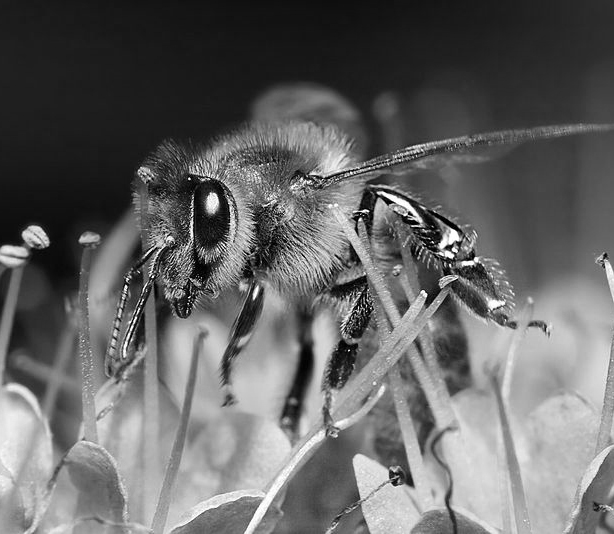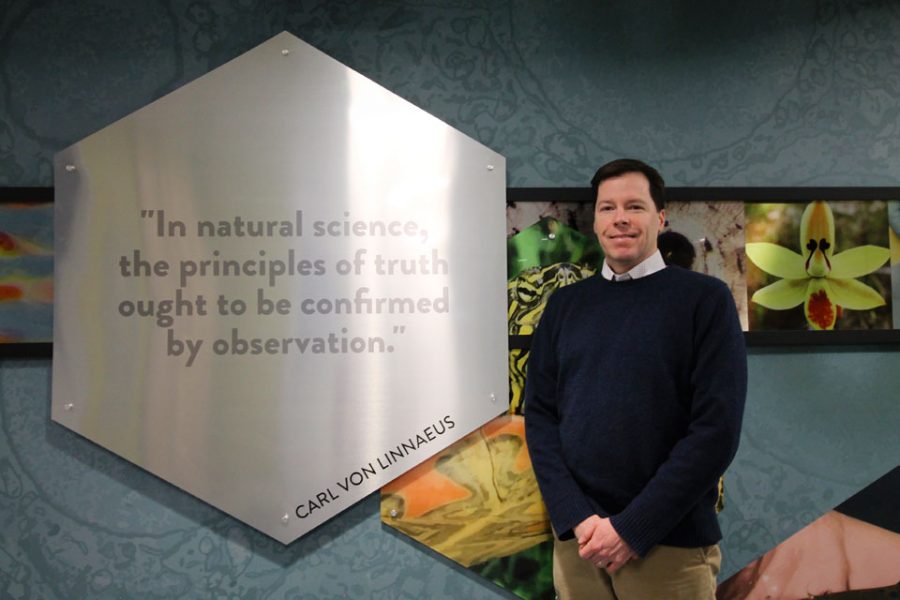Farmers raise concerns over pesticide use in area
Recently, studies have shown that the bee population in the several countries, including the United States, has been dying off. The cause: pesticides.
According to the published peer-reviewed journal Science, researchers concluded that “colonies treated with nonlethal levels of the pesticide had a significantly reduced growth rate and suffered an 85% reduction in production of new queens.”
For those with Apiphobia, the fear of bees, this may be exciting news. However, because the bee population is significant in the pollination process, it means bad news for farms. Plants and crops need the pollination process. Without it, plants and crops would face a serious decline. In return, humans would not have the necessary nutrients from fruits and vegetables.
The United States Department of Agriculture notes, “[a]bout one mouthful in three in the diet directly or indirectly benefits from honey bee pollination.” A healthy diet high in fruits and vegetables is importbatm and may even help prevent some cancers. Insects, birds, and other animals who feed off of the plants pollinated by bees are also threatened by the bee decline.
What makes bees such excellent pollinators? Initially, the color of plants (yellow, blue, red) attracts bees. The aromas of these plants also keep the bees around, however the nectar is what these insects are after. When the bee is in a flower looking for nectar, pollen sacs, located in the anther or male part of the flower, attach to the bee’s legs and body. After this, the bees take the pollen sacs with them to the next flower they visit. As the bees forage for more nectar, the stigma, or female part of the flower, becomes fertilized by the pollen that is rubbed off from the bee.
A seed will form later for another type of plant where it will mature until it is released to grow into a plant, hoping for its own fertilization. This natural occurrence is often overlooked by society, but has such significance on human and plant life that it is impossible to ignore. Threatening the bees is imidacloprid, a neonicotinoid insecticide, that seems to be one of the main causes of this population decrease.
This chemical combination is commonly used on crops including corn and rapeseed Unfortunately, Imidacloprid causes what Harvard calls, Colony Collapse Disorder (CCD), characterized by adult bees abandoning their hive.
As the bee population declines, researchers are trying to find ways to attract more pollinators. These pollinators include butterflies, beetles, hummingbirds, and other animals. The New York Times reported that several beekeepers and researchers have asked the EPA to “suspend the use of the pesticide to allow pollination to occur.”







